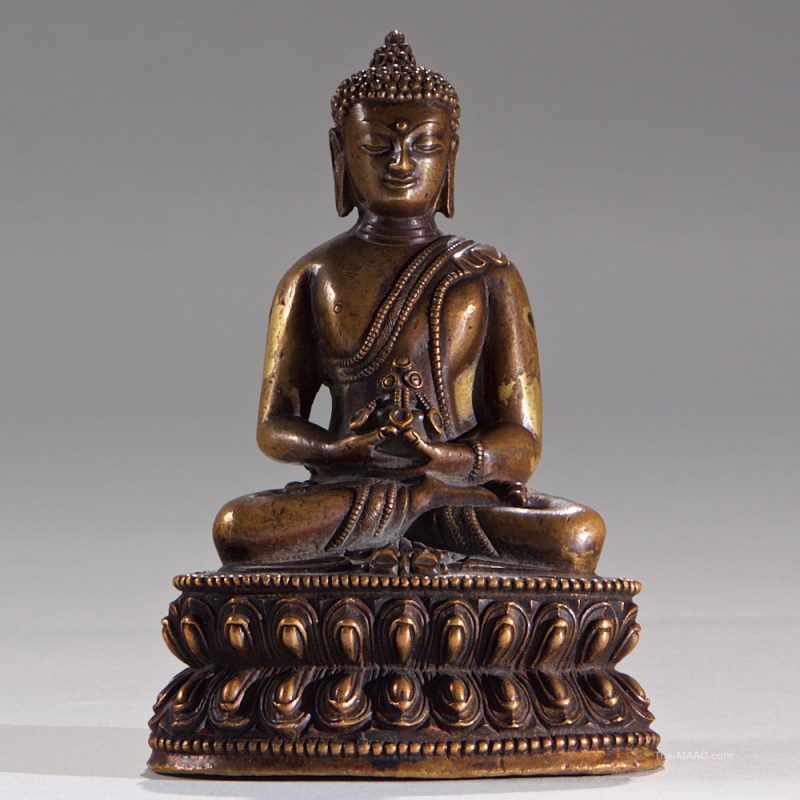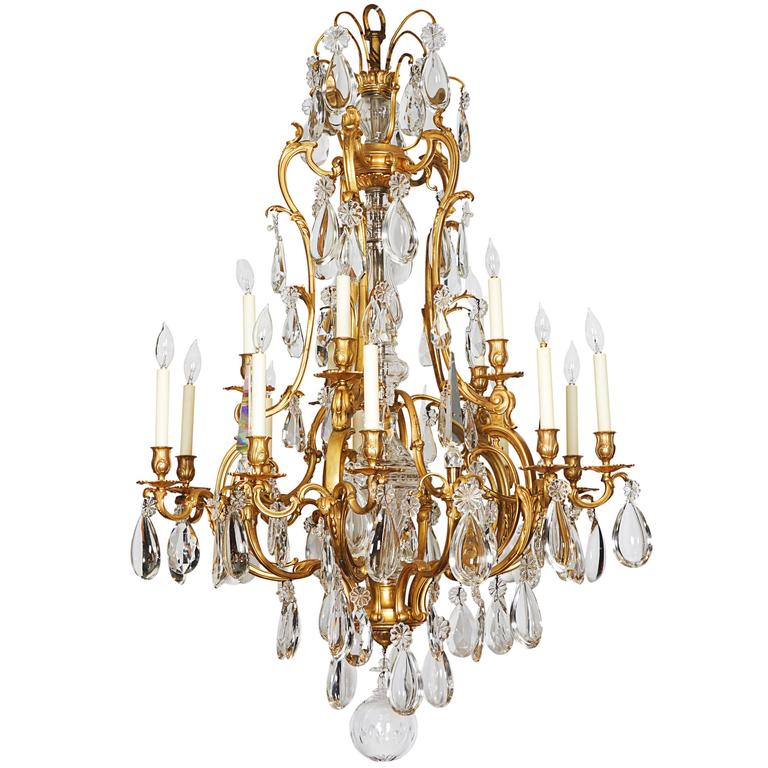Portrait Miniatures of Hoffman-Gampetro

“…the miniature, the little picture that could be covered by a kiss or hidden in the palm of the hand had an intimate and personal quality, it was a pledge of affection, often a gauge of stolen joys; it could be carried by the exiled in never so hurried a flight, could be concealed in the lid of a comfit case…”
–Scribner’s Magazine, February 1897

Dating back to the early 16th century, it is believed the first of the portrait miniatures was of King Henry VIII. Initially, portrait miniatures were used as social currency in the royal court–given to favored courtiers and diplomats, painted to commemorate marriages and engagements. The earliest portrait miniatures were painted in watercolor and bodycolor on vellum. The commissioning of portrait miniatures trickled down through the aristocracy to the gentry, and by the 18th century, watercolor on ivory replaced the use of vellum.

In the early 18th century, miniatures executed in enamel, such as the one of Napolean above, became highly popular. As the art form spread across the continent and eventually across the sea to America, styles began to vary and flourish. In the 18th century, the English were known for light, small watercolors whereas some European traditions favored dark portraits reminiscent of large oil paintings. The first American portrait miniatures, executed by great artists such as John Singleton Copley, were oil on copper.

Also shifting throughout the 18th and 19th centuries were the reasons for portrait miniature commissions. By the end of the 18th century, miniatures were painted to commemorate births, deaths, distance from loved ones during war, moving away from a house, and many other momentous occurrences in a life. The currency of miniatures had subtly metamorphosed from the realm of the sociopolitical to that of the emotional. You can see more of the Hoffman-Gampetro Gallery’s portrait miniatures here.



